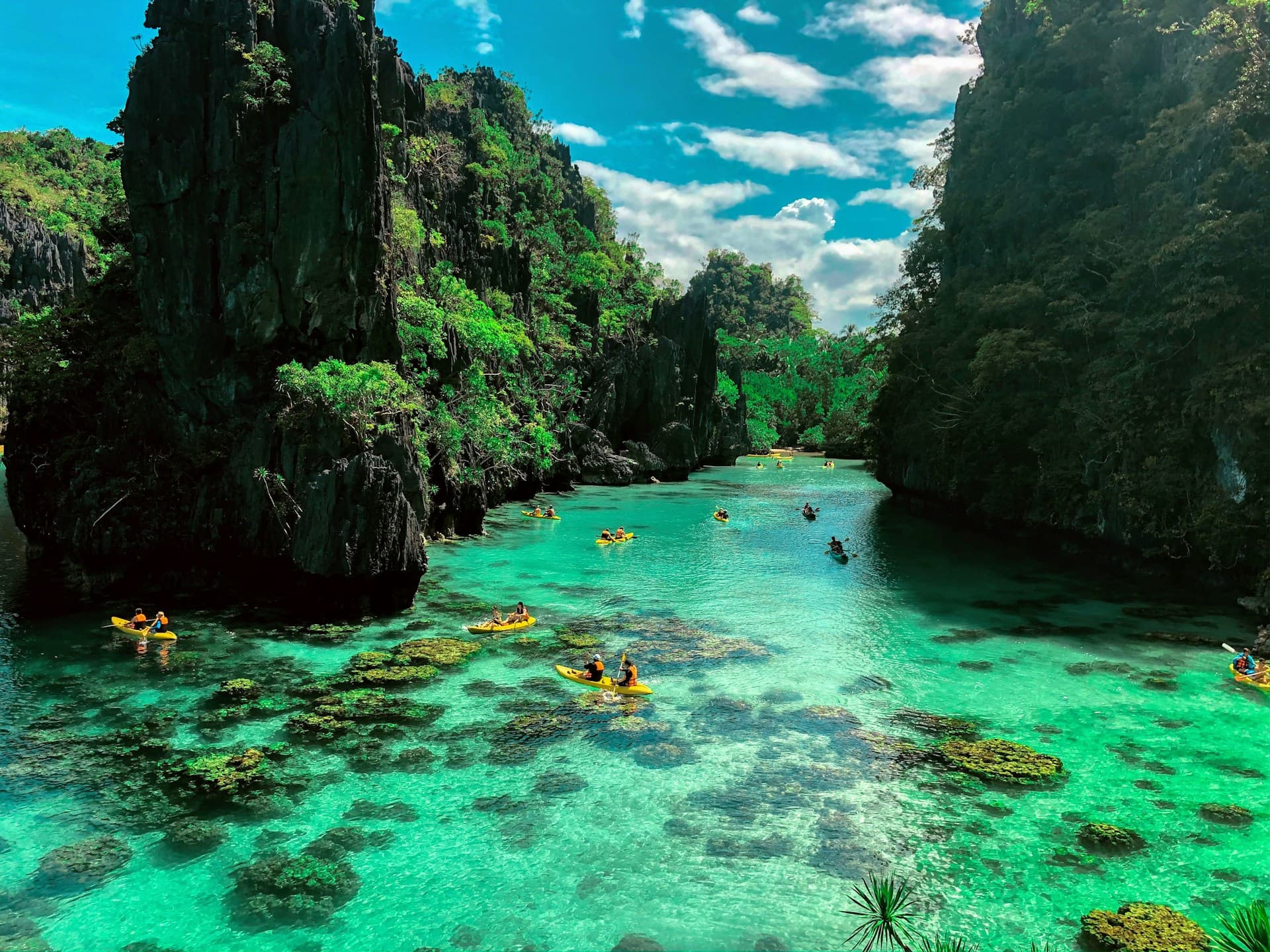
Known for its white-sand beaches and marine sanctuaries, Panglao is a consistent stop for domestic and international travelers. Now, the island is set to introduce a new cultural destination with the upcoming Bellemar Lifestyle Center, a development that combines heritage design with contemporary function.
The Bellemar project, conceptualized by research-oriented design studio Arc Lico, has drawn attention online after the firm released previews of its architectural direction. The structures will mirror the silhouette of the bahay na bato, the traditional Filipino townhouses that became prominent in the 19th century, while integrating modern amenities suited to a lifestyle center.
According to the designers, the project will feature adobe-toned walls, ornamental iron balconies, capiz-style windows, and arched arcades. At its center, a plaza with a working fountain will serve as a gathering space, creating a visual and social anchor for the site.
The design approach aligns with a growing trend in the Philippines to reconnect modern developments with local heritage, especially in areas where tourism is deeply linked with cultural identity.
More than design: A growing travel economy
Panglao, accessible via Bohol–Panglao International Airport, is a frequent entry point for tourists heading to both beach resorts and heritage spots in Bohol. The addition of lifestyle and heritage-oriented centers like Bellemar supports both cultural preservation and economic expansion.
The Department of Tourism reports that domestic travel remains a key contributor to the tourism industry’s recovery, with community-based and experience-driven destinations seeing renewed interest. Developments like Bellemar may appeal to travelers looking for destinations that combine relaxation with cultural enrichment.
Situated near resorts and key transportation points, the location of Bellemar is practical for local and international travelers alike. Car and van rentals from the airport are readily available, and public tricycles serve most areas around Panglao town and neighboring Tagbilaran City.
Employment and local engagement
Projects like Bellemar also create opportunities for skilled workers and artisans. From traditional carpentry and stonework to hospitality and retail staffing, the development is expected to generate local employment. In particular, the Mercado area of the site will house small shops and cafés designed to reflect the same heritage aesthetic. These retail spaces are expected to attract local entrepreneurs and craftspeople.
According to Arc Lico, community spaces will also be included to encourage local engagement and potentially host cultural events or markets.
Sustainable design features have also been hinted at, though specific environmental measures have not yet been disclosed. The integration of open-air arcades and shaded plazas suggests passive cooling and walkability are part of the master plan.
Shaping tourism beyond leisure
The Bellemar project in Panglao is part of a broader movement across the country where development intersects with identity. In June, Malolos City opened its first heritage hotel, the Palacio Real de Sto. Niño, a nod to the city’s significant place in Philippine history. These projects indicate a shift toward tourism that is not only leisure-focused but grounded in storytelling, history, and design consciousness.
For Panglao, the rise of such heritage-inspired developments may expand its tourism appeal beyond beachgoers and divers, bringing in visitors drawn to architecture, craftsmanship, and local culture. And as more tourists seek destinations with distinct character, centers like Bellemar could influence how Philippine tourism spaces are envisioned moving forward.
By Jaja Agpalo
Jaja Agpalo has a background in journalism and additional studies in international law and business communication. Her career includes editorial roles at leading international media outlets such as Business Times and Celebeat, where she covered business, economy, cryptocurrency, personal finance, gaming, technology, and entertainment. Outside the newsroom, Jaja enjoys discovering new places and cuisines, blending her love for storytelling with a passion for travel and food.




